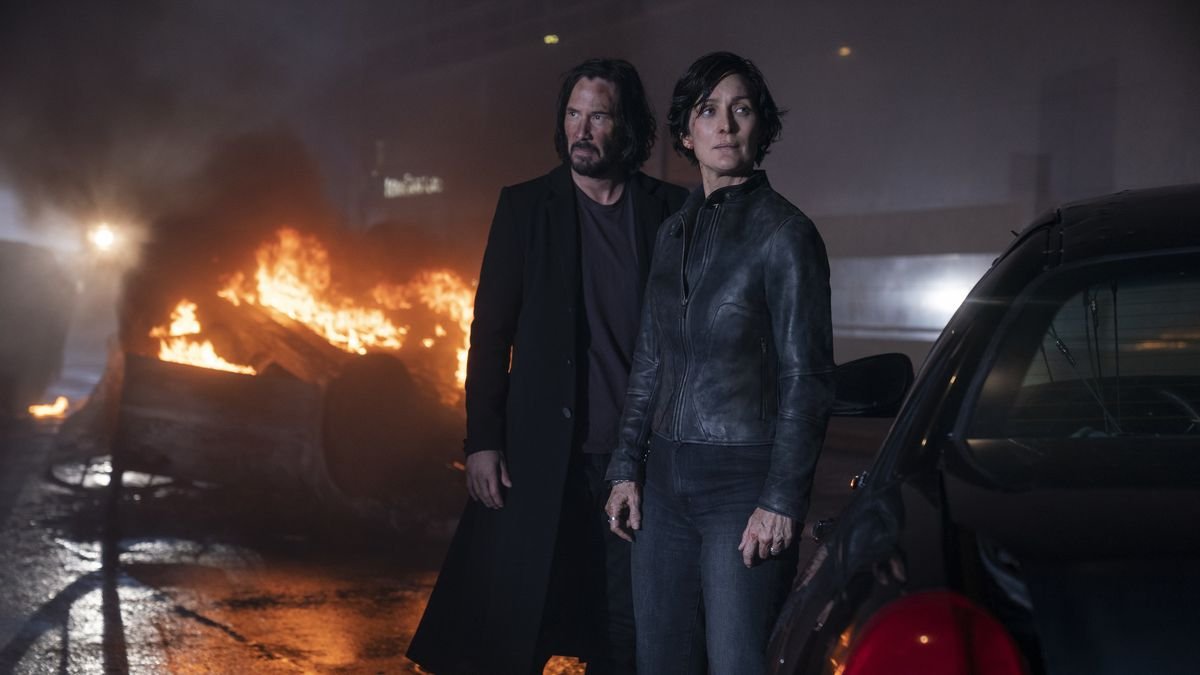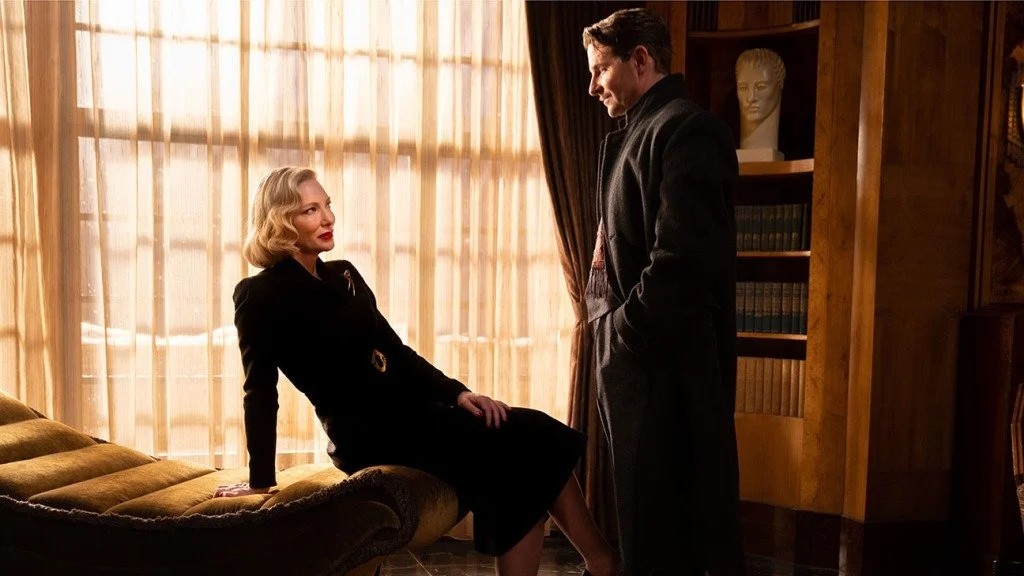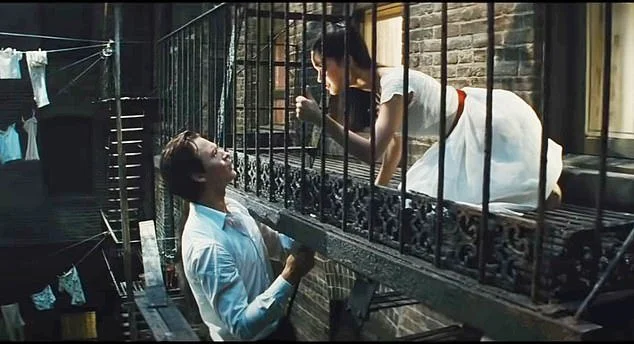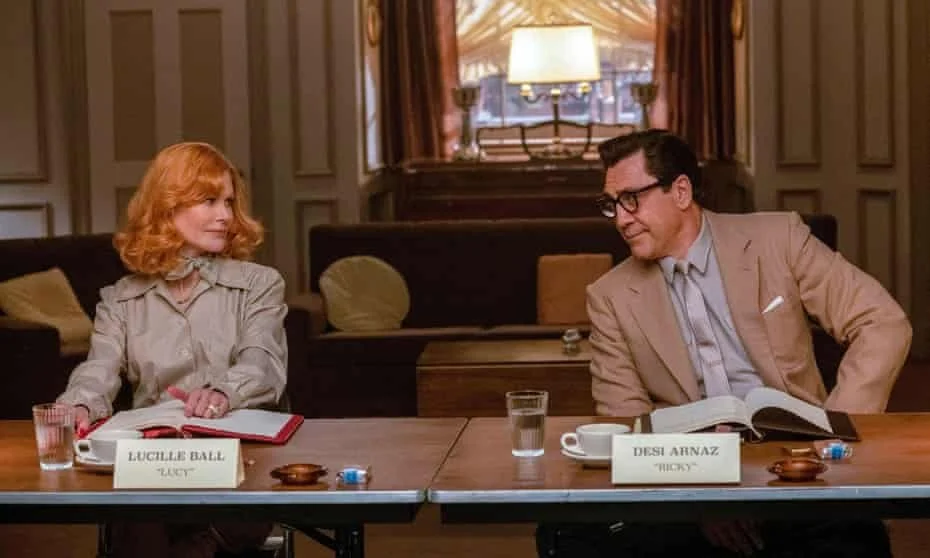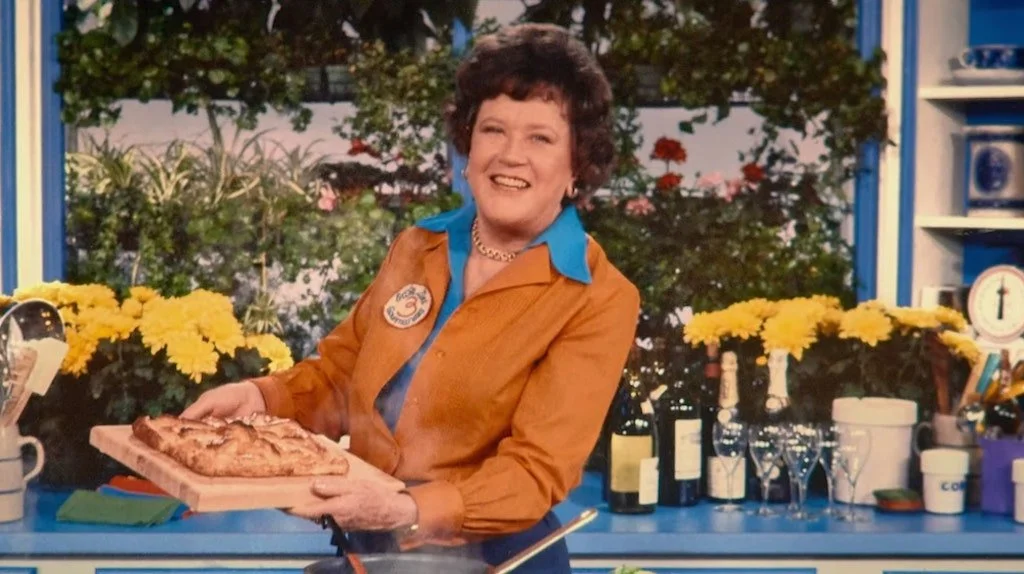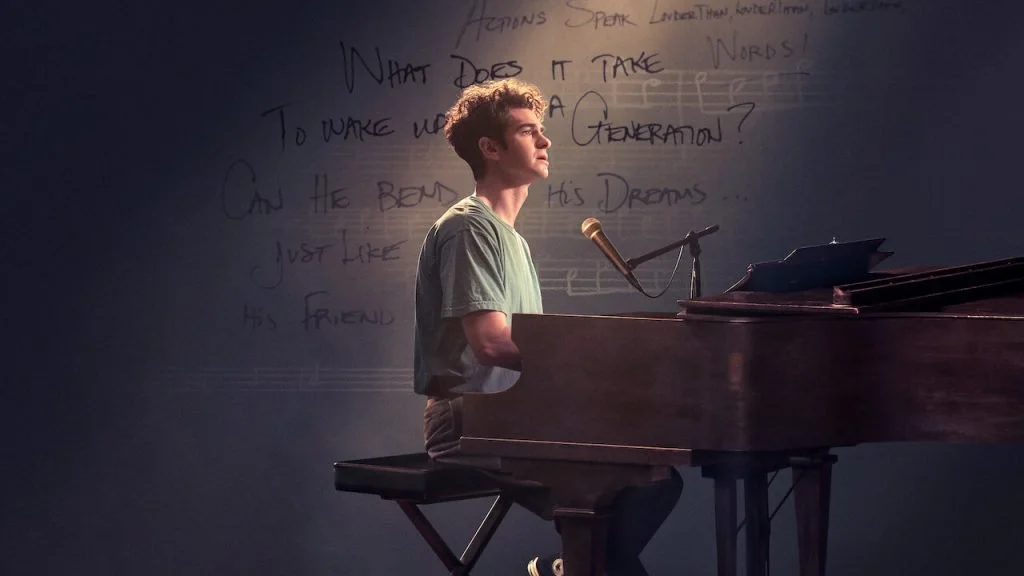THE MATRIX RESURRECTIONS
Directing: C
Acting: B-
Writing: C-
Cinematography: B
Editing: B-
Special Effects: B
Maybe I’m just in a cynical space right now, but when it comes to The Matrix Resurrections, I just wasn’t feeling it. And believe me, I tried. I really, really wanted to like this movie. Sure, there are dim hopes for such a thing when it’s the fourth movie in a franchise, but eighteen years later, it was also an opportunity for redemption after the progressive letdowns of the 2003 sequels The Matrix Reloaded and The Matrix Revolutions.
Comparatively speaking, the best I can say for this new movie is it’s better than Revolutions was. I suppose. And I would rank Reloaded above this one only because of the thrilling reaction I had to it when it first came out. It may have been bewilderingly convoluted, but it was also packed with deeply exciting action sequences.
Nothing has ever had any hope of comparing to the cultural impact, the decades of influence, brought upon us by the 1999 original, however. It begs the question: why did the Wachowskis bother trying? They had a spectacularly memorable premise but, even when initially conceived as a trilogy, they had nowhere concrete to go with it. My most vivid memory association with the original Matrix isn’t even from its initial theatrical run—it was one or two years later, when it was given a rare re-release in theaters. I discovered I was in a theater full of devoted fans, who broke into cheers as soon as the open title appeared onscreen. It hit me then that The Matrix was a classic science fiction action movie that would be loved for years.
And here we are, 22 years later. To “resurrect” is to bring back from the dead. The Matrix was, indeed, loved for years, but it’s now been a full generation since its release. If the fans are honest with themselves, the movie’s continued influence on other filmmakers notwithstanding, its cultural relevance died a while ago. It was slowly fading into oblivion, only to have Lana Wachowski, this time without Lilly (turns out she was the one who made the smart choice), come along and give us the Matrix movie absolutely no one needed.
Resurrections wants us to play along with its many winking nods to the previous trilogy as a single entity, with meta references such as Keanu Reeves’s Thomas Anderson once again living a droning existence in the Matrix, only in this version, he is an award-winning game designer . . . of a trilogy called The Matrix. Characters refer to this trilogy of games, and ask questions about it, that the movie clearly assumes we all have about the movies. Except, of course, no one has been spending a lot of time debating the merits of the Matrix trilogy in a decade and a half.
I gave this movie the benefit of the doubt for a good half of it. But then it registered to be, with absolute clarity, how this movie has nothing more to offer than yet more sameness. Even acknowledging their diminishing returns, each of the first three movies at least showed us something we had never seen before. The third movie spent a disappointing majority of its time outside the Matrix and in the movie’s “real world” of machine overlords, which was nowhere near as interesting but at least it was different.
The Matrix Resurrections offers us absolutely nothing new. Nothing new in the story, nothing new in its visuals. The legacy of this franchise is of something so groundbreaking it sent ripples through the entertainment industry. Even with some movie critics being surprisingly effusive about Resurrections, I have a feeling audiences will greet it with a collective yawn. That’s what it deserves, anyway.
Frankly, I don’t think we needed to see Neo as a 57-year-old. And I don’t mean to be ageist here; all things otherwise being equal, one of the few things I love about this movie is how both the male and the female leads of an action movie are in their fifties; Carrie-Ann Moss, who looks fantastic, is 54. I just hate to see them in something so stale, and there’s something about the context of the Neo and Trinity characters that favors the memory of them in their thirties. Reeves fares far better in the John Wick franchise, which thus far has miraculously gotten better with each film. I have my doubts about a fourth, but I’d still be far more interested in a fourth John Wick film. Which, apparently, we are indeed getting in 2022.
I mean, shit, the least The Matrix Resurrections could do is give us a movie packed with thrilling, cleverly staged action sequences. There’s a climactic scene of Trinity driving a motorcycle with Neo riding behind her, through San Francisco streets with programmed citizens overtaken by the Matrix and attacking them like zombies, right down to multiple people just jumping out of high windows at them like human bombs. That sequence is pretty cool, but it also comes far too late in a two and half-hour movie which, up to that point, is mostly forgettable.
I also have to admit, I miss Hugo Weaving as Agent Smith. His absence actually makes logical sense, given he played a computer program that would never age and Weaving obviously has. Side note: how Neo and Trinity age is a plot point of its own, as they have only aged twenty years whereas the film is actually set sixty years later. Jada Pinkett Smith’s returns as Niobe, now under some thick and somewhat unconvincing old-age makeup. If we assume she was about 30 in the last movie (Pinkett Smith was 32), then Niobe would be around ninety now. Without Hugo Weaving, however, we still get an Agent Smith—now played by Jonathan Groff, adequately but with nowhere near the sinister screen presence Weaving cultivated.
The other new faces to the franchise includes Neil Patrick Harris, as Thomas Anderson’s (Neo’s) in-Matrix therapist. He predictably serves as catalyst for inevitable plot twists that don’t land as twists at all. There’s also Yahya Abdul-Mateen II, previously seen in HBO’s Watchmen series, as a new version of Morpheus, a manifestation of the version of him programmed by Neo in the video games he designed.
And that brings us back to the meta elements of Resurrections, a device I quite enjoy when it’s done well, but even that didn’t really work for me here. The Warner Brothers company itself gets name checked, as we are told they are demanding a fourth sequel—and they are going to make one with or without Mr. Anderson. The glib implication is that this very movie would have been made with our without either of the Wachowskis, but I get the distinct feeling that absolutely everyone involved here is quite consciously making an attempt at cashing in.
If this all seems familiar, it’s because it’s the same shit, different millennium.
Overall: C+

